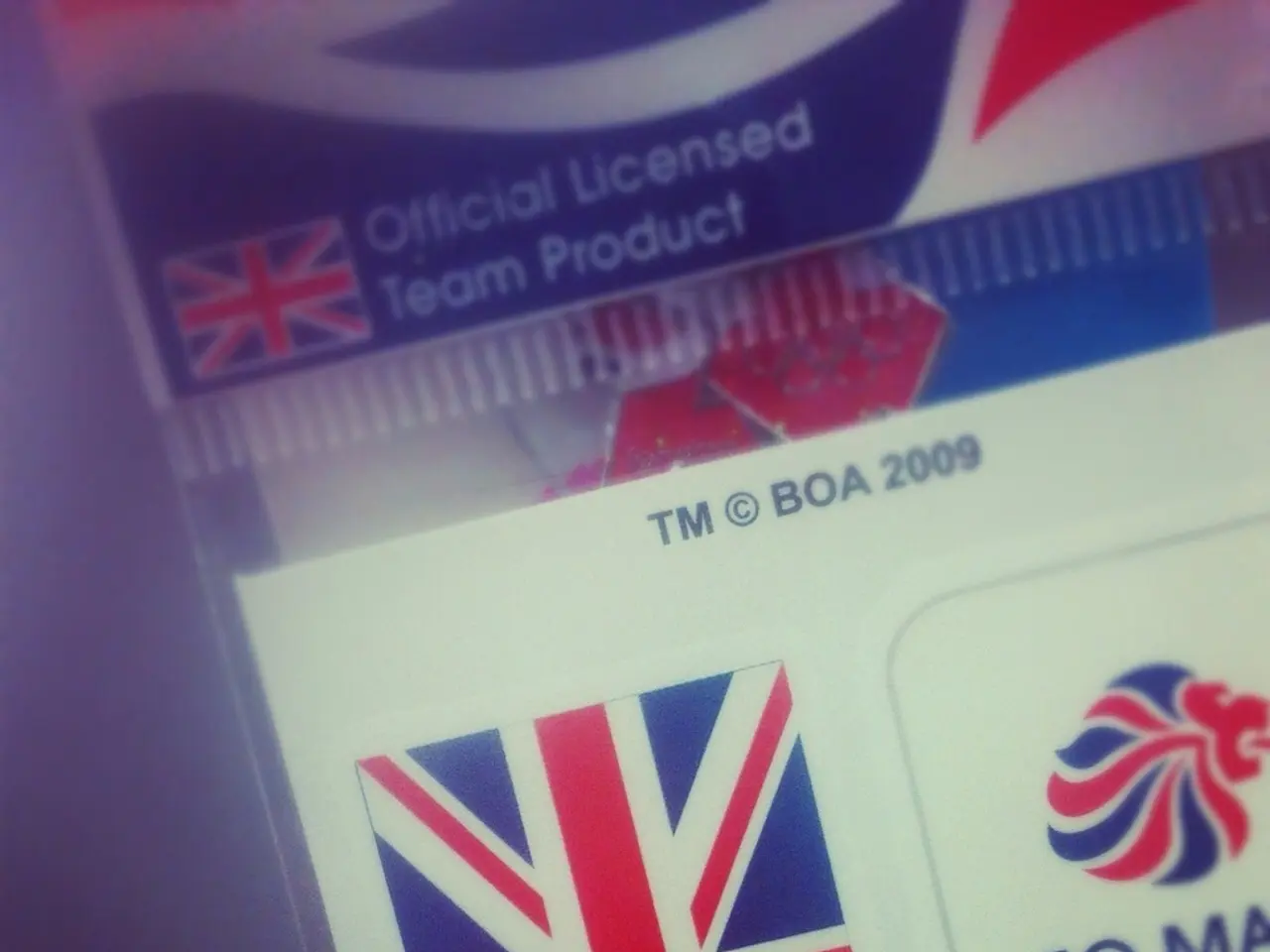Checking the Legality of Your Business Name: Important Steps Before Producing Your Initial T-Shirt
Starting a new business is an exciting venture, but choosing the right name is crucial. A well-chosen business name can become a vital part of your brand identity, legal paperwork, and customer recognition. However, without proper precautions, common problems such as trademark infringement, legal disputes, and market confusion can arise. To legally protect your business name before using it for a website, merchandise, and branding, the most secure method is to register a trademark for that name.
Verifying Uniqueness and Conducting a Trademark Search
The first step in the trademark registration process is to ensure your business name is unique and not already in use or registered by someone else in your industry. This reduces the risk of your application being rejected or of trademark infringement issues later. Before choosing a name, search the state's business entity database to check if the name is already taken or too similar to another business. Additionally, run a federal trademark search using the U.S. Patent and Trademark Office's (USPTO) free search tool, TESS (Trademark Electronic Search System), to look for exact matches, sound-alikes, look-alikes, similar logos, stylized fonts, or slogans in the same industry or offering similar products.
Deciding the Scope of Protection
Once you've verified the uniqueness of your business name, you need to decide the scope of protection. If you want nationwide protection in the U.S., file a federal trademark application with the USPTO. If protection is only needed within your state, you can register with your state's trademark office, but this offers limited geographic protection.
Preparing and Filing the Trademark Application
You will fill out an application form, specifying the goods/services classes your trademark applies to (e.g., clothing, digital services). If you have already started using the name commercially, file based on "use in commerce." If not yet used, file based on "intent to use" but be prepared to submit proof later. Submit the application online through the USPTO's Trademark Electronic Application System (TEAS).
Paying Filing Fees
The government fee for federal filing is about $350 per class of goods/services, payable upfront. State filing fees are usually much lower (around $15 to $125).
Responding to USPTO Communications
The USPTO reviews your application, looking for conflicts and legal compliance. They may request additional information or ask you to address objections. Your trademark is published in the Official Gazette to allow objections from others. If no successful opposition is raised, the trademark is registered.
Using and Enforcing Your Trademark
Once registered, you have the exclusive legal right to use the name for the classes registered. This protects your brand on websites, merchandise, and all branding efforts from copycats.
The trademark registration process can take anywhere from 8 to 18 months or longer, depending on complications. While you can file yourself, hiring a trademark attorney or legal service can help avoid mistakes and handle objections more efficiently.
In summary, registering a federal trademark is the strongest legal protection for a business name used in commerce for websites, merchandise, and branding. Starting with a thorough name search and following through the USPTO application process will secure exclusive rights to your business name.
Skipping these steps can lead to legal problems such as rejection of LLC application, cease-and-desist from a trademark holder, loss of domain or social media handles, lawsuits, and forced rebranding. If a trademark already exists and your business name could cause "consumer confusion," you're on thin ice legally, even if you're not trying to copy anyone.
Remember, consistency is key when choosing social media handles, e.g., @SmithCoffeeCo on Instagram, Facebook, Twitter. Choosing a .com domain is preferred as it's still the gold standard. If you're serious about the name, buying the domain is recommended, even if not ready to build the website yet. If a different name is desired from the LLC's legal name, a DBA (Doing Business As) must be filed in most states to add extra flexibility for multiple brands under one entity.
A few hours of research up front can save thousands and protect the reputation later. Choosing a name that conflicts with someone else's trademark or doesn't meet state requirements can lead to legal problems. Registering the name with the legal business entity (LLC) when forming the LLC can prevent another business from registering the same name.
A well-chosen business name can be registered as a trademark to secure legal protection for use in websites, merchandise, and branding, reducing the risk of trademark infringement and legal disputes. Before applying for a federal trademark, it is essential to verify the uniqueness of the business name and conduct a thorough trademark search to avoid conflicts.
To protect your business name nationwide, file a federal trademark application with the USPTO. Decide on the goods/services classes your trademark applies to and prepare the application form, specifying these classes carefully. Pay the government fee for federal filing and submit the application online through the Trademark Electronic Application System (TEAS).




